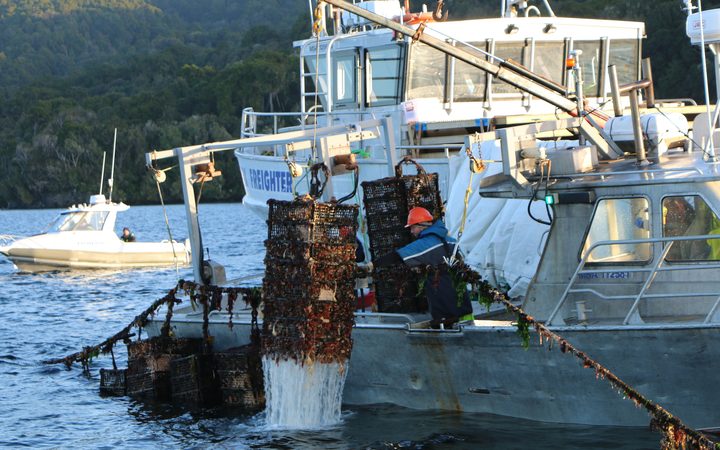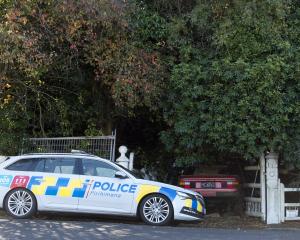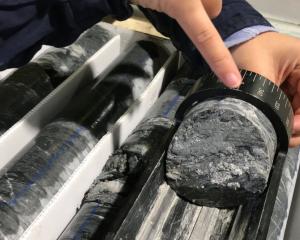
Last week, three wild oysters were found to be infected with bonamia ostreae, which could kill whole populations of oysters and risk the entire Bluff oyster trade.
Alongside a rāhui, Biosecurity New Zealand put a controlled area notice on the affected side, which took effect from 2pm today for an indefinite period.
The area is a 30 square kilometre zone east of Saddle Point on Stewart Island.
Biosecurity New Zealand's Catherine Duthie said it had partnered with Ngāi Tahu and the local fishing industry to determine if the parasite had spread to other parts of the Strait.
"While we carry out urgent sampling and testing of oysters from a range of Foveaux Strait locations, we have jointly agreed that it is appropriate to stop people taking oysters from the affected area," Duthie said.
The rāhui and the Controlled Area Notice (CAN) both set out a small geographical area where people cannot fish, or dredge for oysters.
Duthie said the controls would not affect the availability of Bluff oysters.
"The Controlled Area is small and hasn't been fished in the past five years. There are plenty of oysters available from other areas to provide a plentiful supply.
"We can't stress enough that bonamia ostreae does not affect food safety and fresh Bluff oysters are safe to eat."












